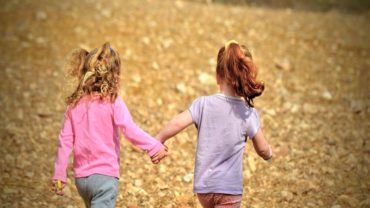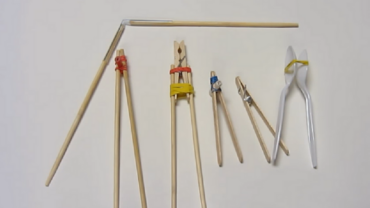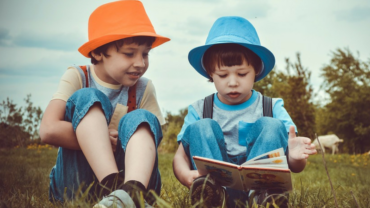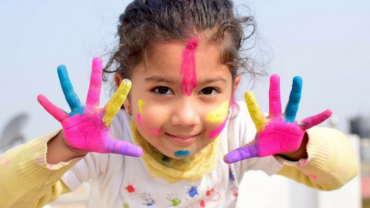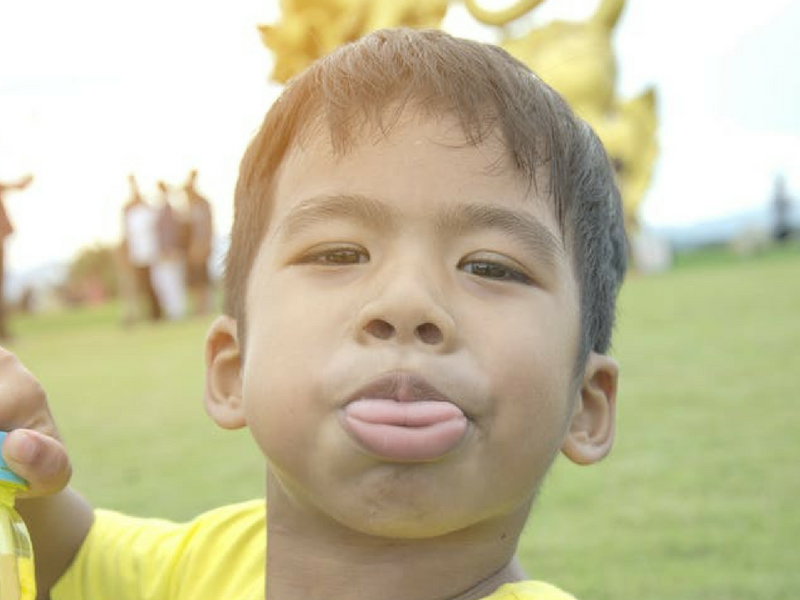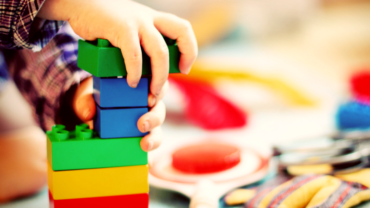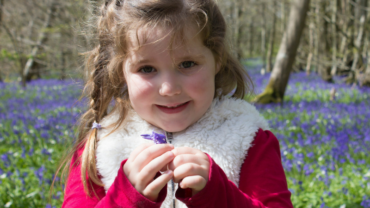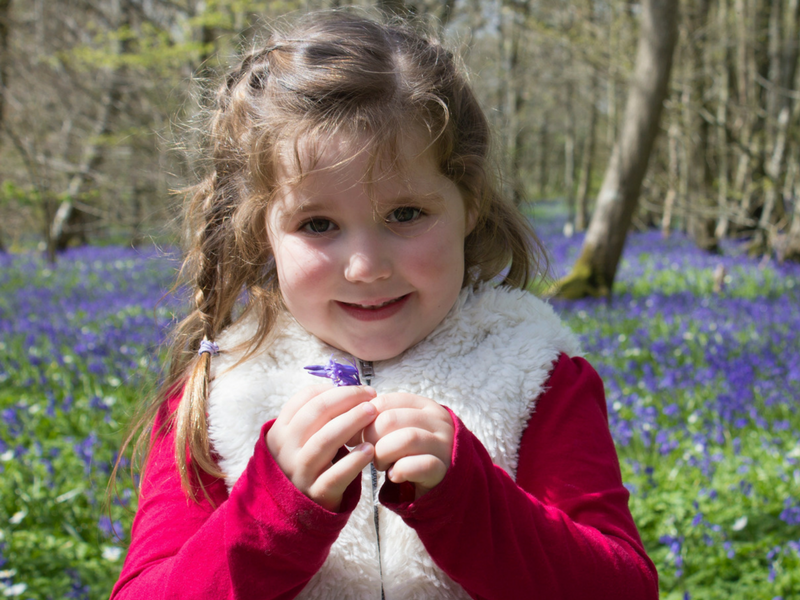Between school, homework and extracurricular activities, the days go quickly once the school year starts.
That’s why experts want to remind parents that it’s important their kids find balance.
“We try to force too much on young children too fast,” said Dr. Rick Ellis, a psychologist with Spectrum Psychological Services. “Learning to fun and play and interact and have social skills is what’s important.”
Dr. Ellis says ideally a child would work on homework an hour or less each day. Of course that’s not always going to be possible so he recommends that children have activities outside of school; at least one physical activity and one social activity.
Don’t put too much emphasis on one single activity, he says, but keeping active can help with anxiety and be a source of stability for kids, especially those in military families.
“You don`t know if someone is going to move next week, or next month, or next year. We want to find opportunities with the dojo for Taekwondo or the athletic league or somewhere where kids feel connected and have that long-term stability of friends, family, interaction,” said Dr. Ellis.
When at home, Dr. Ellis suggests limiting kids to an hour or less of video games, adding that online gaming is not one of the social activities he recommends.
“When they’re doing video games they say ‘I have friends’, but theyre online friends that you play the game with. It`s not the real kinds of friends that you are going to make and have and engage in activities and learn those skills to be successful in life,” he said.




